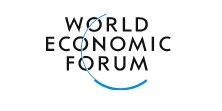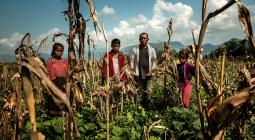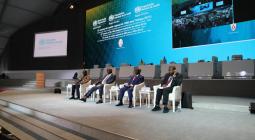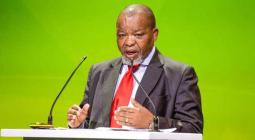Renewable energy for healthcare facilities in sub-Saharan Africa requires innovative financing
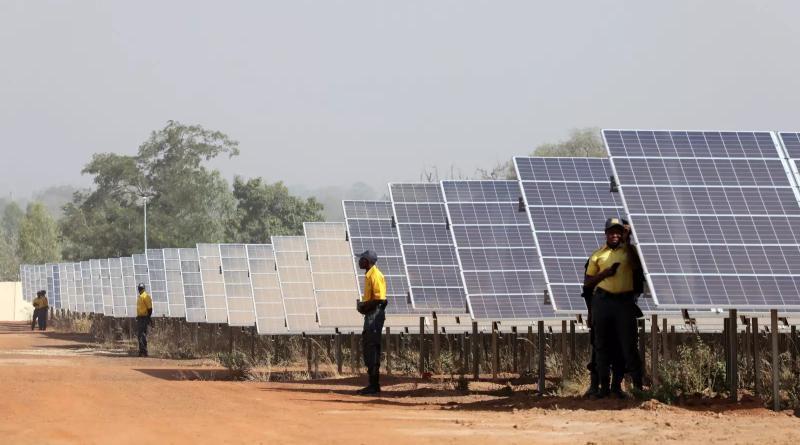
When Bentoe Tehoungue, the Director of Family Health at Liberia’s Ministry of Health, sent out an urgent plea for help in facing the COVID-19 pandemic, her primary request wasn’t for ventilators, personal protective equipment, or even oxygen to respond to the spread of the coronavirus – it was a call for electricity.
The same SOS is heard from public health officials across Sub Saharan Africa, where nearly 60% of healthcare facilities have no electricity for life-saving equipment or cold storage for medicine and vaccines. Parts of Asia are experiencing similar challenges.
Today roughly one billion global citizens do not have access to power supply. Perhaps double that number live in cities and communities where the electricity grid is unreliable and daily brownouts or blackouts are common.
One solution is an energy-as-a-service (EaaS) business model, in which a public-private collaboration can be formed to de-risk public projects for private sector implementation. But making this work in Sub Saharan Africa requires further innovation.
$1bn needed to electrify Sub Saharan Africa’s healthcare facilities
The World Bank estimates that about $1 billion per year is needed through 2030 to electrify Sub Saharan Africa’s health clinics. Most experts agree that distributed generation, primarily powered by solar photovoltaic systems is the most cost effective and fastest solution. But, surprisingly, money is not the main problem.
Over the past decade, international relief agencies have committed tens of millions of dollars to install solar generation for Africa’s health clinics. Almost all of these funds have delivered systems under 100% grant funded models, whereby the aid agency procures systems through a lowest bidder approach and then leaves the new systems in the hands of public facility managers that have neither the funding or the training to operate and maintain the new infrastructure.
As a result, power installations in public healthcare facilities are often poorly maintained. By some estimates, more than a third of grant funded solar systems installed at public healthcare facilities in Africa have failed and no longer operate. Investments have often become white elephants, leaving the public with the false impression that solar technology is unreliable.
Public-private collaboration needed for reliable renewable energy supply
Led by the World Bank and the UN’s Sustainable Energy for All programme, a new consensus is forming that the Africa’s public healthcare facilities require a private sector-driven business model to provide reliable electricity both to rural and peri-urban clinics without any power supply and to hospitals in urban areas that, though connected to the grid, suffer from constant supply interruptions.
To this end, GreenMax Capital Group developed an EaaS concept specifically for African public facilities called GreenStreet Africa. Since African national and local governments often are unable to meet their budgetary obligations, de-risking instruments are required to establish the mutual trust that a long-term service will be both delivered and paid for.
To address this, donor agencies are asked to provide guarantees or cash reserves instead of the grant funding which they now deploy. This requires a fundamental shift of thinking by international development organizations.
The GreenStreet Africa model thus incorporates a deep de-risking mechanism in partnership with donors. In our pilot in Nigeria, we will partner with the Federal Ministry of Health in a relationship based on public-private collaboration.
Renewable energy financing model could be replicated across Africa
GreenStreet Africa will fully prepare distributed solar generation projects at six federally-owned hospitals to “shovel-ready stage” for competitive tendering to private distributed energy services companies.
This model could be replicated in cities across the African continent and in other developing countries where energy access and reliability is of acute concern.
Although the situation is challenging, the global attention on public health care during the pandemic provides a spotlight on deficiencies that have plagued African health centres for decades, including a lack of running water, inadequate supplies of standard equipment and unreliable electricity.
With this spotlight comes an opportunity to accelerate efforts to achieve sustainable energy for all health care institutions.
Clifford J. Aron
Principal, GreenMax Capital Advisors
coverphoto:
Solar energy could be the key to powering healthcare facilities across Africa.
Image: Reuters/Ludovic Marin
